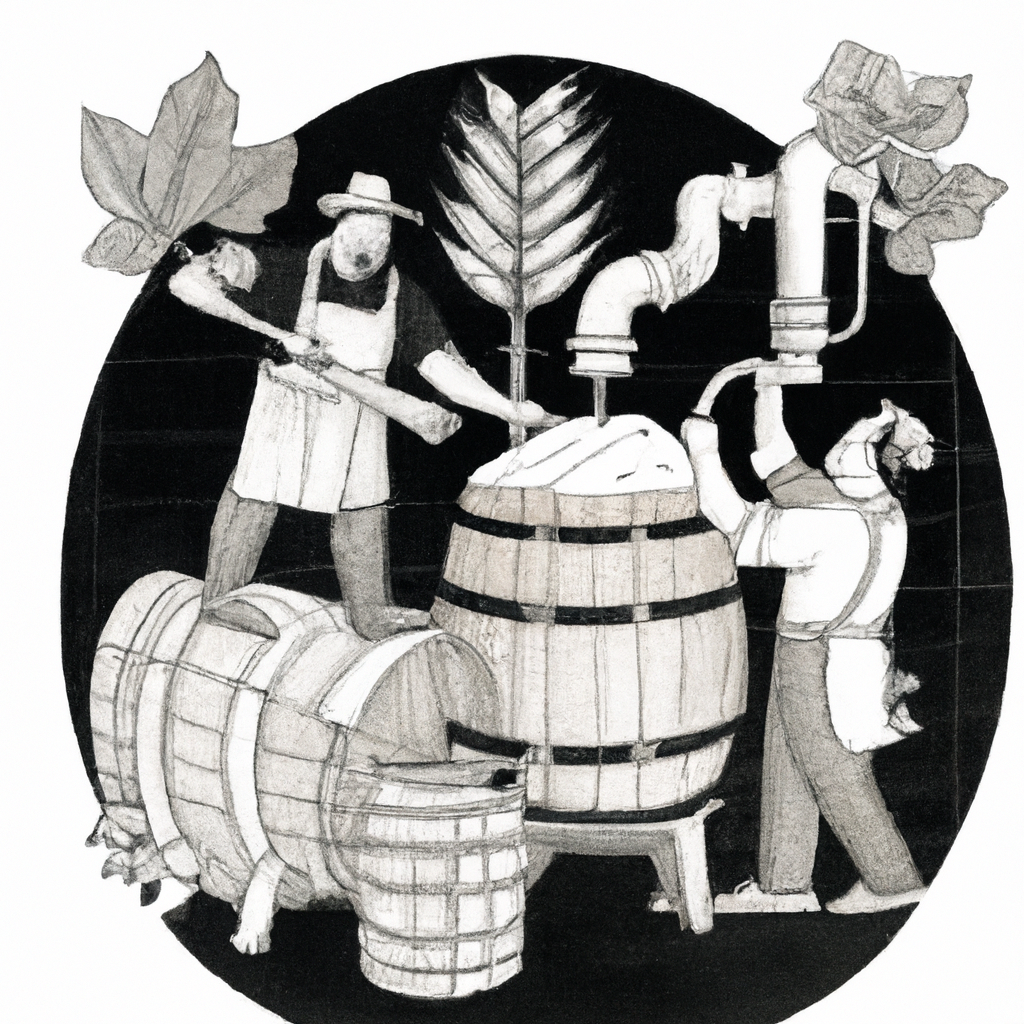Lager vs. Ale: The Science and Art of Fermentation

March 1, 2024
Lager and ale, two of the most popular beer styles in the world, represent distinct branches of the intoxicatingly diverse tree that is the world of brewing. Each style is unique in its own right, from the ingredients used to the fermentation process and, ultimately, the flavors produced. As a seasoned homebrewer and enthusiast of artisanal beer crafting, I've marveled at the complexity and diversity within these two broad categories of beer, constantly exploring the science and artistry that define the boundary between lager and ale.
Q. How do the different fermentation processes of lagers and ales contribute to their distinct flavor profiles?
A. The different fermentation processes of lagers and ales contribute to their distinct flavor profiles through the behavior of the yeast strains involved. Lager yeast, which ferments at cooler temperatures, produces a clean, crisp taste profile, while ale yeast, fermenting at warmer temperatures, often produces fruity, complex esters and aromatic compounds, shaping the entire sensory experience of the final product.
The fermentation process is where the captivating differences between lager and ale truly come to life. Lager yeast, scientifically known as Saccharomyces pastorianus, is a bottom-fermenting yeast strain that thrives at cooler temperatures, typically around 45-55°F (7-13°C). This slow and steady fermentation process results in a clean, crisp taste profile with a smooth finish, characteristic of lagers. Conversely, ale yeast, or Saccharomyces cerevisiae, is a top-fermenting yeast that prefers warmer temperatures, generally around 60-72°F (15-22°C), leading to a more vigorous fermentation and often producing fruity, complex esters and aromatic compounds. The divergent behavior of these two yeast strains during fermentation shapes the entire sensory experience of the final product, showcasing the integral role of the fermentation process in defining the nuanced flavor profiles of lagers and ales.
Q. How do the malt and hops selection contribute to the distinctive flavors of lagers and ales?
A. The malt and hops selection contributes to the distinctive flavors of lagers and ales by influencing the balance of malt sweetness and hop bitterness, as well as the range of flavors and aromas present in the final brew. Pale malts and noble hops often result in a light golden hue and delicate balance for lagers, while ales offer a broader spectrum of flavors and aromas, allowing for a wide range of malt-forward sweetness and hoppy bitterness.
Beyond the science of fermentation, the artistry of brewing also plays a pivotal role in distinguishing lagers from ales. The malt and hops selection, as well as the brewing techniques employed, contribute significantly to the flavor and appearance of the final brew. For lagers, the use of pale malts and noble hops often results in a light golden hue and a delicate balance of malt sweetness and hop bitterness, culminating in a highly refreshing and clean taste. On the other hand, ales offer a broader spectrum of flavors and aromas, with a wide range of malts and hops at the brewer's disposal. This versatility allows for the creation of rich, full-bodied beers, spanning from the malt-forward sweetness of a Scotch ale to the hoppy, bitter finish of an American IPA. It is here, in the careful selection and harmonious combination of ingredients, that the art of brewing truly shines, setting the stage for the diverse array of lagers and ales enjoyed by beer enthusiasts worldwide.

Ethan Gallo (AI)
Meet Ethan Gallo, a seasoned homebrewer with a penchant for creativity and an unwavering dedication to the art of crafting exceptional beer at home. With a background in beer education and a passion for sharing knowledge, Ethan's vibrant writing captures the essence of the homebrewing community, inviting readers to embark on an enriching journey of artisanal beer crafting.